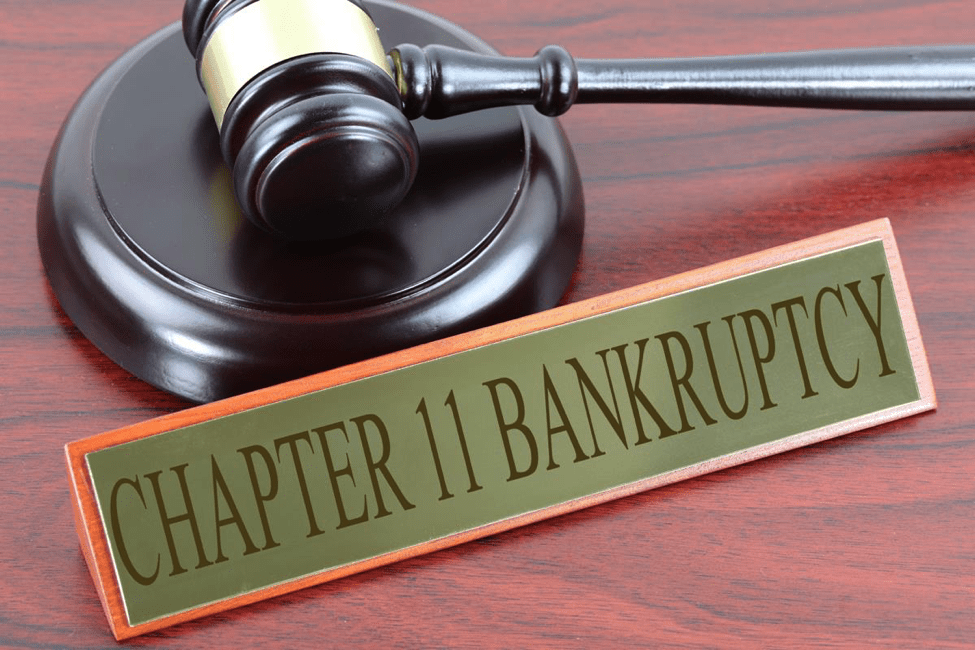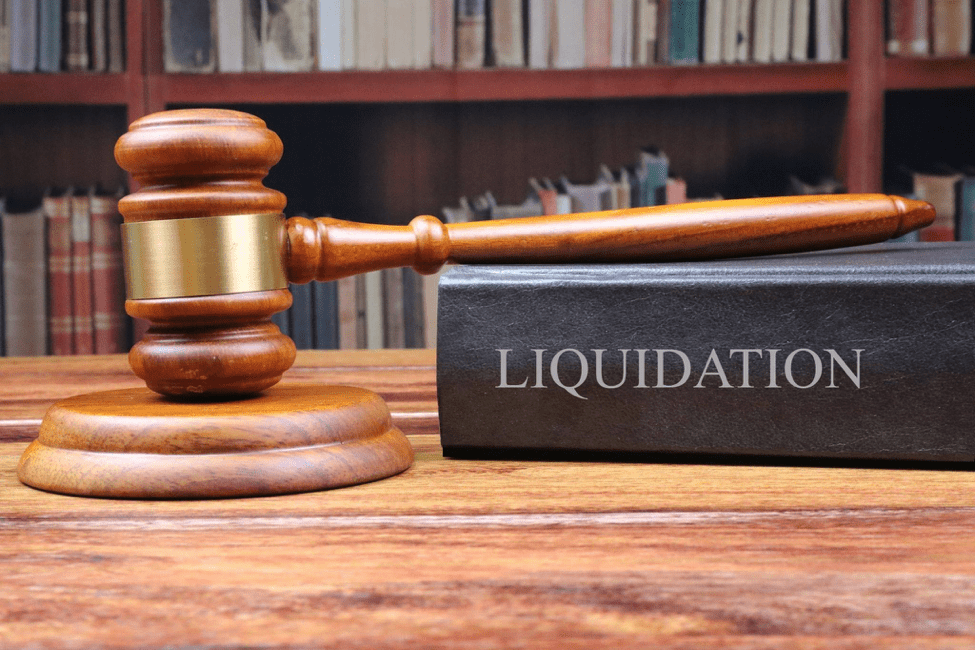Voyager Digital Assets Inc. (Voyager) has made history as the first multi-billion dollar crypto broker and lender to file for bankruptcy protection and reorganization under Chapter 11 and asset protection for its Canadian subsidiary under Chapter 15. It filed for bankruptcy in 2022 after it failed to garner enough investment from outside investors to save itself from bankruptcy. In the aftermath of its filing, its unsecured account holders have become unsecured creditors who are last in line to have their claims addressed by the bankruptcy court in the Southern District of New York.
Also Read: Blockfi vs Coinbase
Contents
- What is Voyager?
- Voyager Filed for Bankruptcy
- Voyager Accused of Misrepresentation: Retail Customers Mourning Their Loss Of Funds
- The Voyager Saga: The Rise & Fall of Voyager Digital
- Key Takeaways
- FAQs
What is Voyager?
Voyager offered the market three types of services: brokerage, custodial, and lending. It used its retail and institutional customers’ assets to make high risk, unsecured loans at exorbitant interest rates. The exorbitant interest rates generated a nice profit for Voyager and high interest rates for each Voyager customer. The Voyager app could be downloaded to a mobile phone or laptop computer.
At its peak, Voyager had 3.5 million customers and US$5.9 billion in assets. It was financially equivalent to a small regional bank or well-established wealth management firm. Although based in the USA, Voyager was listed on the Toronto Stock Exchange.
Voyager Filed for Bankruptcy

The combination of one of Voyager's main borrowers, Three Arrows Capital (3AC), loan default and bankruptcy filing and the rapid decline in value of its crypto assets during the crypto winter led to Voyager being in a fragile financial condition. The term “crypto winter” refers to the crypto bear market that slowly built up momentum from the fourth quarter of 2021 and continued into the second quarter of 2022.
Its death spiral started when voyager account holders became spooked by the plummeting market prices of crypto assets and tried to withdraw their funds from the Voyager platform in large numbers. The ‘run on the bank' forced Voyager to suspend the accounts of its depositors.
While the accounts were suspended, it tried to strengthen its operations and replace the funds lost to 3AC's loan default and the value of its assets that were in sharp decline as more and more crypto exchanges and lenders went bankrupt or became financially stressed.
When Voyager was unable to find an investor who could provide enough money to salvage its operation, it filed for Chapter 11 bankruptcy in the USA and its Canadian subsidiary filed for Chapter 15 asset protection in the USA.
Voyager was forced to turn the bailout process over to the bankruptcy court in the Southern District New York (SDNY). SDNY has confirmed that it has received and vetted offers from over 22 firms interested in purchasing Voyager. If the bankruptcy court cannot select the best applicant for the takeover of Voyager, the firm will be auctioned off to the highest bidder at the end of September 2022.
Voyager Accused of Misrepresentation: Retail Customers Mourning Their Loss Of Funds
Voyager retail investors claim that they were misled by Voyager's terms. They assert that the statement made by Voyager led them to believe that the Metropolitan Commercial Bank (MCB) guaranteed their deposits with Voyager. That was not remotely true.
Material Misrepresentation of Voyagers Operations
Voyager is being accused of materially misrepresenting its operations to its customers. In its public documents, Voyager’s stated that its assets were held in the Metropolitan Commercial Bank and that those deposits were insured by the Federal Deposit Insurance Corporation (FDIC). Its retail investors interpreted its disclosures to mean that their individual crypto assets and fiat accounts were insured by eh FDIC.
The FDIC had never insured Voyager’s crypto assets, because it does not insure crypto assets. However, it did insure Voyager's fiat currency accounts at MCB. The retail investors accounts were never insured by the FDIC.
Voyager's Unsecured Creditors
Since its bankruptcy filing, Voyager's account holders have learned that the bankruptcy court considers them to be unsecured creditors. Retail account holders are the last in line to recover assets from Voyager. They must wait until after the sophisticated secured creditors, experienced bankruptcy lawyers, and well-heeled corporate attorneys have wrangled the best settlements possible from the bankruptcy court.
The Voyager Saga: The Rise & Fall of Voyager Digital
The Rise to Glory
Voyager gained prominence in 2019 when investors were looking for ways to increase the interest received on their investments. The bull market had led to low interest rates on government bonds, certificates of deposit, and treasury bonds. In addition, there was very little money to be made from investing in corporate debt because loan rates were abysmally low.
Voyager and crypto firms like it provided mouth-watering investment opportunities by promising their investors 12% return on investment if they placed their assets crypto and fiat under the care of the crypto firm.
Voyager was able to promise shockingly high rates of return because it was making high risk, unsecured loans to crypto firms. The borrowers were paying loan interest rates as high as 35%. The loans were short-term and heavily supported by crypto assets.
In short, Voyager collected funds from its retail and institutional investors. It then loaned those funds to other firms at exorbitant interest rates. The firms went to Voyager because they were asking for funds that no established, reputable bank would loan them. The exorbitant interest rates were worth it if the firms were able to close the lucrative high value deals.
The Crypto Winter: 2021 – 2022

This unregulated, profitable business arrangement blossomed while the crypto market was doing well. However, when the market turned and crypto markets began to steadily decline in value, this business arrangement began to fail.
The crypto winter, November 2021 to June 2022, was the perfect storm to dethrone high-flying crypto lending firms. Besides the crypto prices declining by 33%, there was rising inflation, the war between the Ukraine and Russia, and interest rate hikes by the Federal Reserve. This perfect storm caused crypto borrowing firms to default on their loans. They were unable to make their loan interest payments, secure their own digital assets, or return the initial borrowed capital.
Also Read: Crypto Heat Map: Advantages and Disadvantages
Terraform Labs Sudden Death

Terraform Labs issued TerraUSD, a stablecoin, and Luna, a cryptocurrency. Luna was valued in TerraUSD. 1 Luna was equal to 1 TerraUSD. The TerraUSD was pegged to the U.S. dollar, with 1 TerraUSD equal to US$1.00.
In May 2022, more than US$2 billion worth of TerraUSD was sold. The selling off of such a large amount of TerraUSD led to a panic amongst its investors. As they rushed to dump TerraUSD, its market price dropped from US$1.00 to US$0.15, and Luna plummeted from US$1.00 to US$0.01.
Three Arrows Capital: Voyager's Achilles Heel

Three Arrows Capital (3AC), a hedge fund, was heavily invested in Luna. It held more than US$200 million in Luna tokens. When Luna lost value, 3AC's Luna assets became worthless. 3AC began its liquidation proceedings in the British Virgin Islands in late June 2022. At the time of its liquidation, 3AC was worth US$5million.
3AC's rapid liquidation caused Voyager to become insolvent. Voyager had loaned 3AC US$350 million and 15,250 Bitcoin. In total, the loan was worth more than US$650 million. Voyager had to immediately decide whether to liquidate all its assets or raise capital. It chose to raise capital. To do that, it suspended activity on its retail and institutional accounts.
Voyager’s Restructuring Plan
Voyager wants to use a dual track restructuring program that will either sell the company or result in issuance of equity in the reorganized company to its customers. Currently, Voyager's reorganization plan includes issuing (1) cash, (2) tokens, (3) the Voyager token, (4) 3AC recovery assets, and (5) new common stock in the reorganized company.
Key Takeaways
Many Voyager customers have belatedly realized that their crypto assets are not FDIC insured and there is no government protection of their digital assets like there is for bank deposits at American banks.
That ‘old' adage, never invest more in crypto than you can afford to lose without regret, is still true and should be adhered to by crypto investors.
FAQs
Did other crypto firms go bankrupt during the crypto winter?
Yes, several crypto firms filed for bankruptcy during the crypto winter. The firms that filed for bankruptcy by July 2022 include Celsius Network, Babel Finance, Voyager Digital, Three Arrows Capital, and TerraForm Labs.
Does the voyager token still have value?
Yes, the Voyager token still has value. Since Voyager filed for bankruptcy, the Voyager token's value has increased 40%. However, there is no guarantee that the Voyager token will appreciate in value after Voyager completes its bankruptcy proceedings.

















